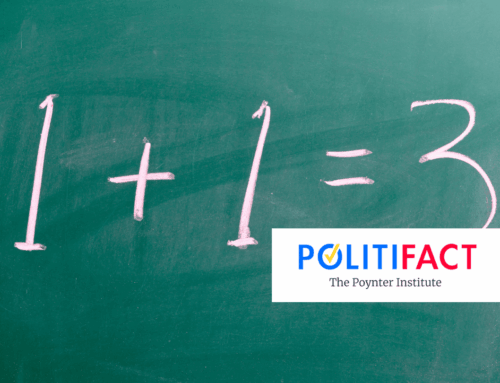Every year, the Congressional Budget Office (CBO) offers Congress a 30-year forecast of the federal budget and economic landscape, assuming the status quo in legislation. This forecast incorporates the projected impacts of shifting demographics, economic changes, and healthcare expenses on government spending, income, deficits, and debt. Here are the key findings from this year’s presentation:
- Primary and Total Deficits: The CBO projects primary deficits, excluding net interest costs, to remain at 3.3% of GDP from 2023 to 2053. Coupled with rising interest rates, this leads to a near tripling of net outlays for interest in relation to GDP.
- Federal Debt: Debt relative to GDP is expected to rise, exceeding past records and continuing to grow past 2053.
- Population Dynamics: The ratio of working-age individuals (20 to 64) to seniors (65 and older) is projected to decline. This shift implies fewer tax-paying workers and more beneficiaries of Social Security and Medicare, impacting government spending.
- Economic Growth: Real potential GDP growth is forecasted to slow down, attributed to a decrease in the growth of the potential labor force and labor force productivity.
- Spending vs. Revenue: Outlays are expected to grow faster than revenues, leading to expanding budget deficits. Notably, spending on major healthcare programs and Social Security is set to increase significantly due to an aging population and rising healthcare costs.
- Healthcare Program Outlays: Medicare is projected to constitute over four-fifths of the increase in spending on major healthcare programs over the next 30 years.
- Revenue Sources: Total revenues, as a percentage of GDP, are predicted to grow by about 1 point from 2023 to 2053, primarily driven by individual income taxes.
- Interest Rates: Projected interest rates are expected to rise through 2053 but remain lower than the past three decades’ average, influenced by factors like slower labor force growth and an increase in available savings for investment.
- Social Security Outlays: In a scenario where Social Security benefits are limited to amounts payable from dedicated funding sources post-2033, outlays would be significantly reduced.
- Demographic Projections: Preliminary projections suggest lower fertility rates, declining mortality rates, and increasing reliance on immigration for population growth.
The CBO’s findings highlight the challenge of unsustainable debt growth, primarily driven by demographic shifts, slower economic growth, and escalating healthcare costs. The projected increase in federal debt to unprecedented levels relative to GDP, coupled with the demographic shift towards an older population, signals significant financial strain on Social Security and Medicare. Furthermore, the expected deceleration in economic growth due to a shrinking labor force and productivity concerns underscores potential revenue generation challenges to meet the growing expenses.
The CBO recognizes a high degree of uncertainty in its long-term budget projections, acknowledging that various factors, including labor force and productivity growth, monetary policy, and demographic shifts, could significantly influence these projections. Additionally, the CBO presents alternative scenarios to illustrate how different conditions could lead to varying outcomes. These scenarios demonstrate that federal debt as a percentage of GDP could experience substantial fluctuations depending on changes in productivity growth, interest rates, and the impact of government borrowing on private investment. This variability highlights the complexity and unpredictability involved in long-term fiscal forecasting.









